My Leica Experience So Far
Read MoreInformation
Transitioning to Full-Time Wedding Photographer
I have decided to leverage my 20 years plus as a part-time professional photographer and make the transition to becoming a full-time wedding photographer.
Read MoreJust Another Abstract Experiment -145/365
Another abstract photographic experiment. In my mind it all starts out when I see a grouping of colors, light, or shapes of normal mundane items and imagine then in an alternate way. Most of the time by adding movement. In this image, which was one of many attempts, I shot my instrument panel while rotating around the axis of my speedometer. My365Project - 145/365.
Surfers Corner on a Rainy Day - 144/365
Most of my friends know that lately I spend a good deal of my weekend time in Muizenberg, surfing. This allows for plenty of opportunities to photograph Muizenberg at different times of the day and in different weather. While rain keeps the average tourist away, it really doesn't make a difference to surfers. Wet is wet! Here's an image of a rainy day at Surfer's Corner in Muizenberg as the train passes by. It's called Surfers Corner because of all of the surf shops and surfing activity. The Corner Surf Shop in fact, is the first surf shop on the Continent. They are all separately owned businesses, but what makes it really cool is that they refer business to each other. My365Project 144/365
Farm Windmill, Cape Town, My 365 Project
Farm Windmill, Cape Town
I pass this windmill frequently, and until lately the sky has always been bright blue behind it making it rather uninteresting. This time, I passed by and saw a much more dramatic sky than usual as a front was coming in. I pulled over to make this image. I love these windmills. They are everywhere and are seen and used as an unofficial symbol of the Western Cape. My 365 Project 117/365
Biesmiellah in Bo Kaap - My 365 Project 102/365
There is an area of Cape Town called the Bo Kaap (Upper Cape). The Bo-Kaap is an area of Cape Town, South Africa formerly known as the Malay Quarter. It is quintessentially a Township, situated on the slopes of Signal Hill above the city centre and is an historical centre of Cape Malay culture in Cape Town. The Nurul Islam Mosque, established in 1844, is located in the area. Bo-Kaap is traditionally a multicultural area, rich in history and situated on the slopes of Signal Hill. The area is known for its brightly coloured homes and romantic cobble stoned streets. It originated during the third quarter of the 18th century, when Cape Town began to expand along an east-west axis. The first houses in this neighbourhood were probably built in 1790 but between 1795 and 1820 an increasing number of lower income families including many artisans began to make their homes here. The influx of Malays into this quarter probably began in the 1830s when slavery was abolished and Malay residents who had been forcibly brought to the Cape began to make their homes there, and by the middle of the 19th century it was already known as the Slamse Beurt, or the Islamic Quarter. It owes much of its character to the nature of its domestic architecture, mostly single storey houses with flat roofs painted in a variety of pastel colours. A number of mosques with picturesque minarets are still in daily use. The Quarter was probably a major factor why the Cape Malay community managed to retain its identity as a group. Unfortunately the quality of its environment began to deteriorate after WWI, and in 1944 it was declared a slum. This led a number of prominent Cape Town citizens to form a group for the retention of the Malay Quarter, with the support of both the then Historical Monuments Commission as well as the City Council. Initially much of the suburb was purchased by the City Council, but as public opinion began to swing in its favour, so then the Government began to set aside funds for the rehabilitation of this area. It was declared a National Monument under old NMC legislation on 15 April 1966. (Wikipedia) (http://www.sahistory.org.za/places/malay-quarter-cape-town)
My experience in the Bo Kaap started with aimlessly driving the streets of Cape Town when I got here. The colorful houses and culture was a photographic marvel to me. I organized a photowalk there and had everyone meet at a restaurant called Biesmiellah. Sanna, the lady on the far left told us that Biesmiellah is the oldest Malay restaurant in Cape Town and has been in business for thirty eight years. The Chef on the right has been there all thirty eight and his assistant for twenty seven. The food is amazing and every time I go I just have Sanna bring out "something". It's funny that many Capetonians knew nothing of The Bo Kaap, and were careful no to go there. I can tell you from experience that it is a totally safe place especially during the day with all of the tourist photographers making images of the colorful buildings. Tour busses stop here. What a wonderful place! My 365 Project 102/365
Owners of Biesmiellah
More images of The Bo Kaap from a previous visit.
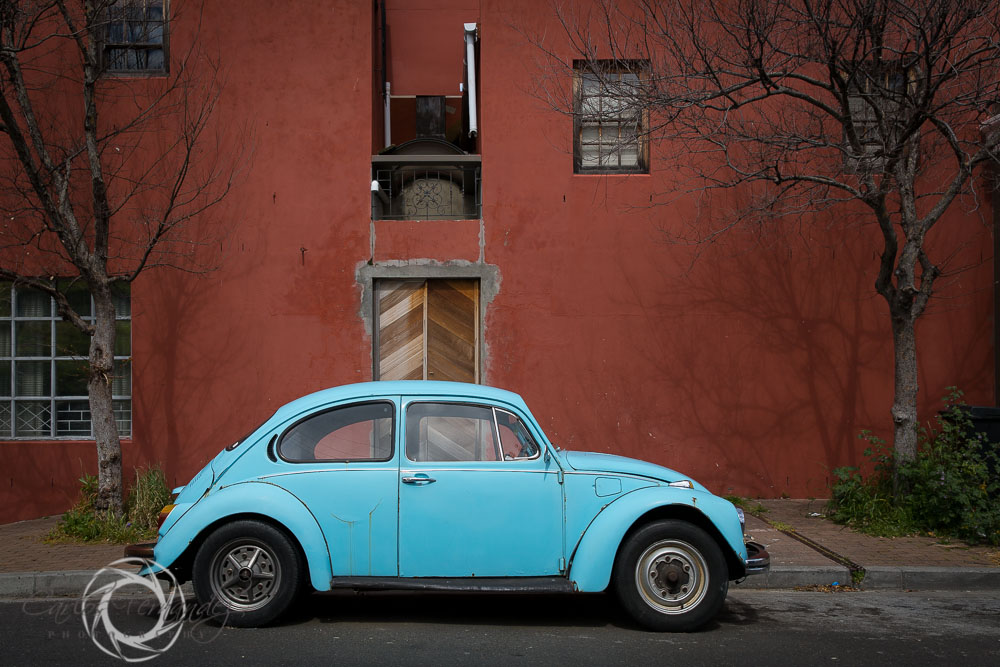

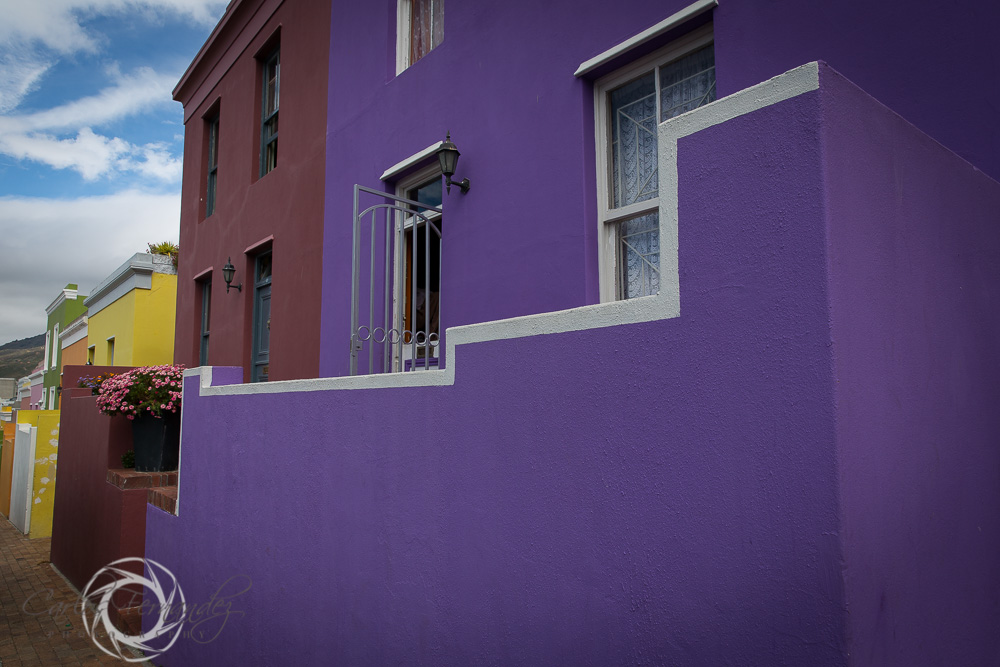
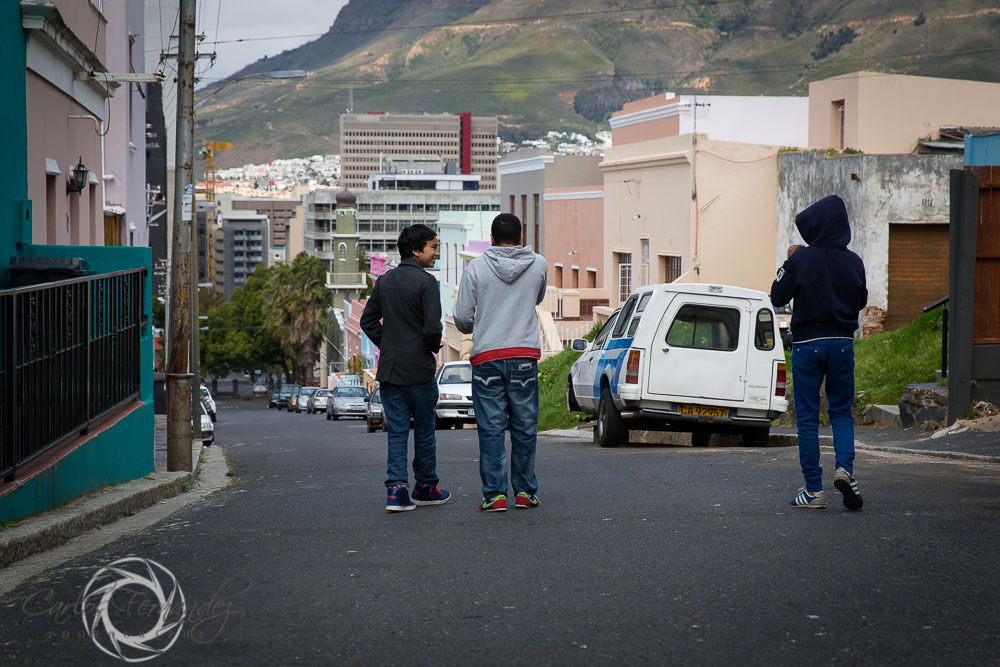

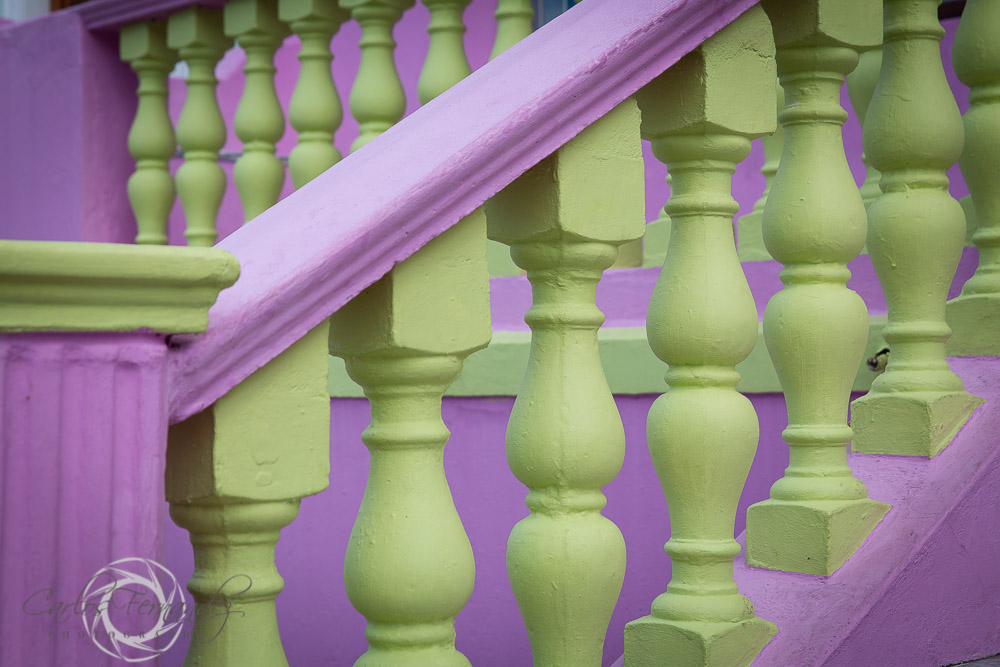

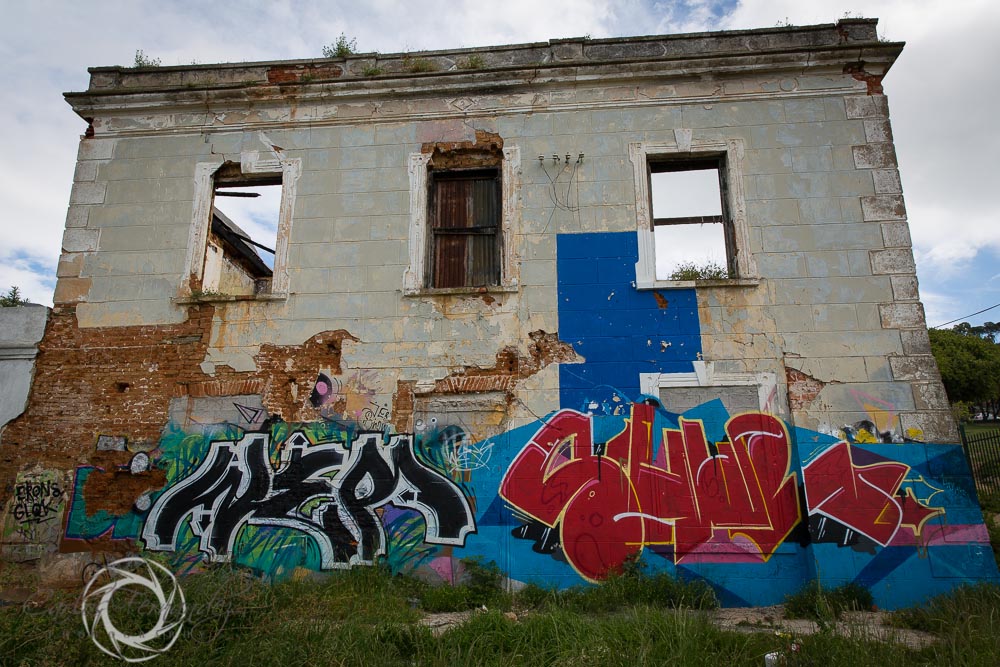
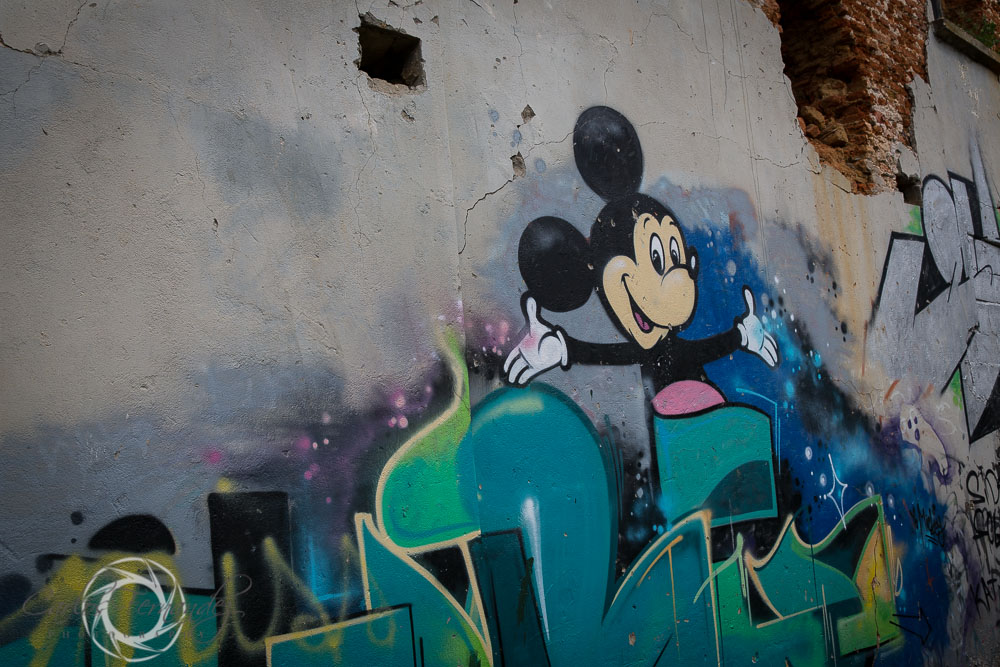
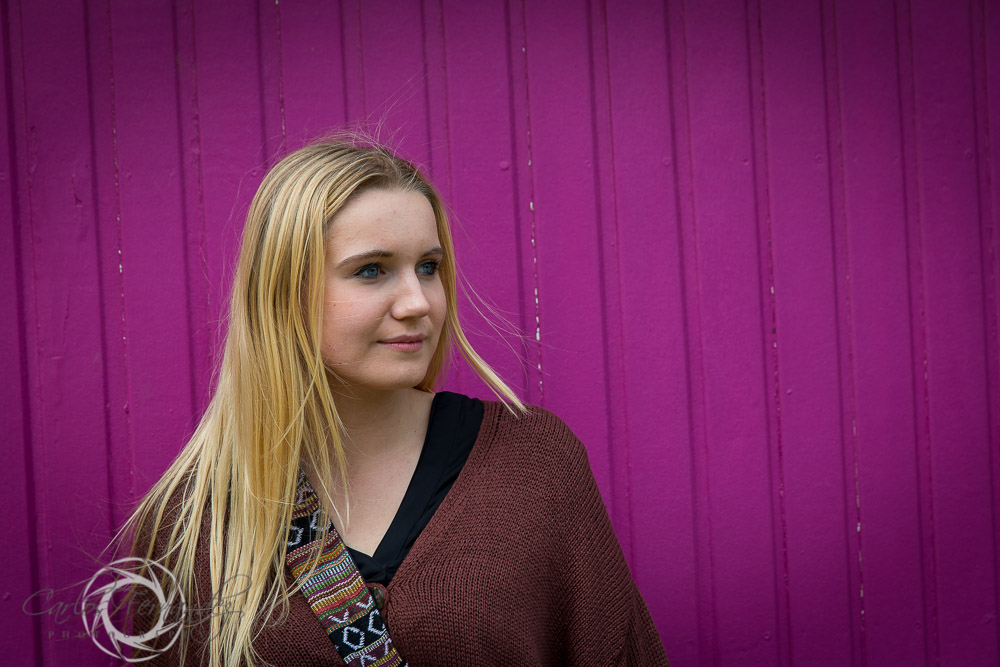

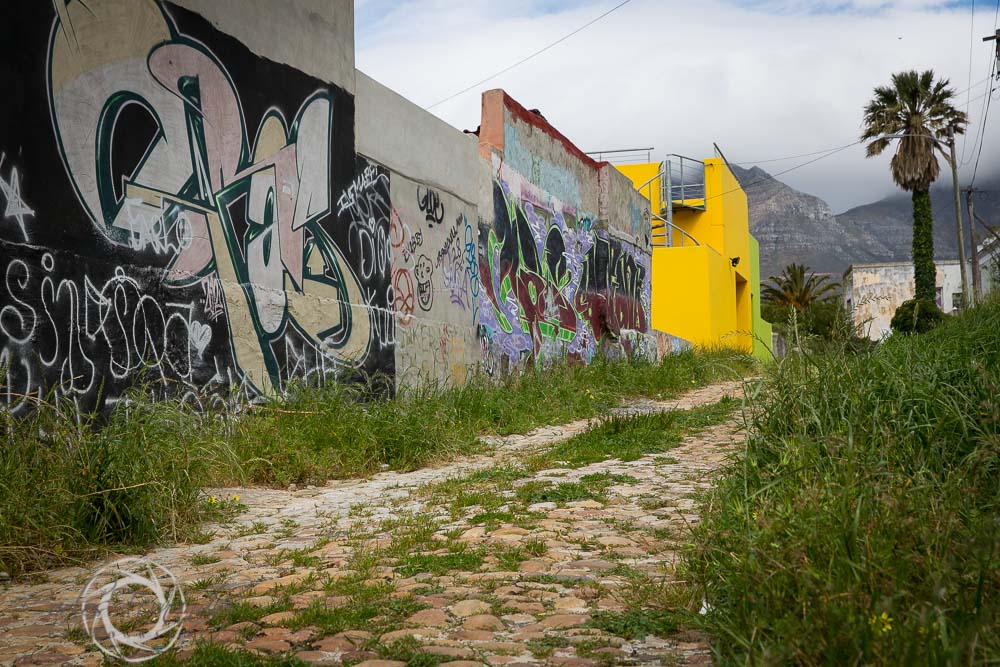

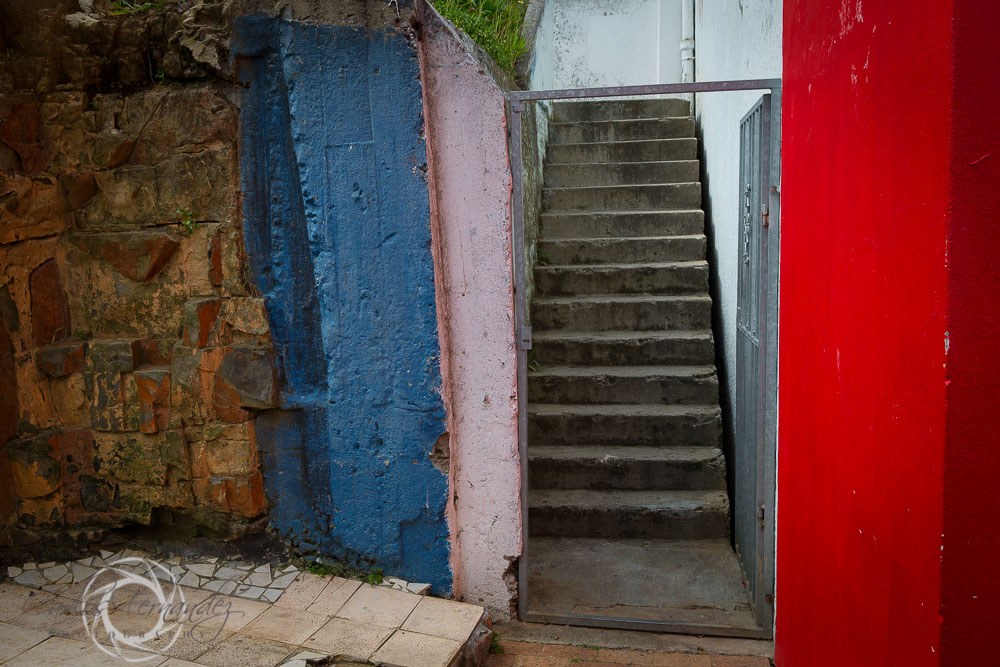
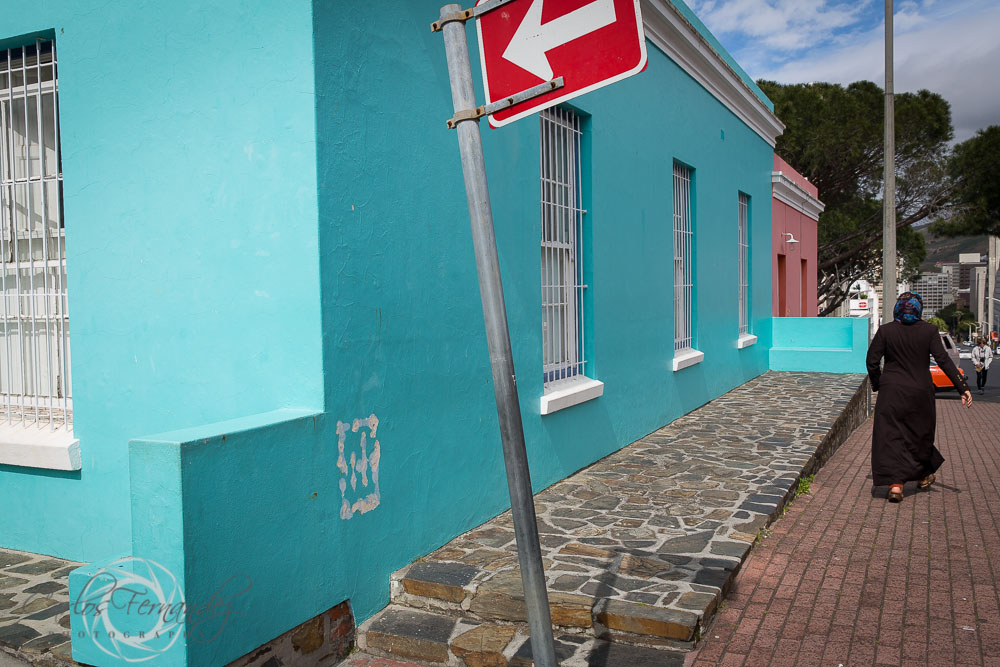
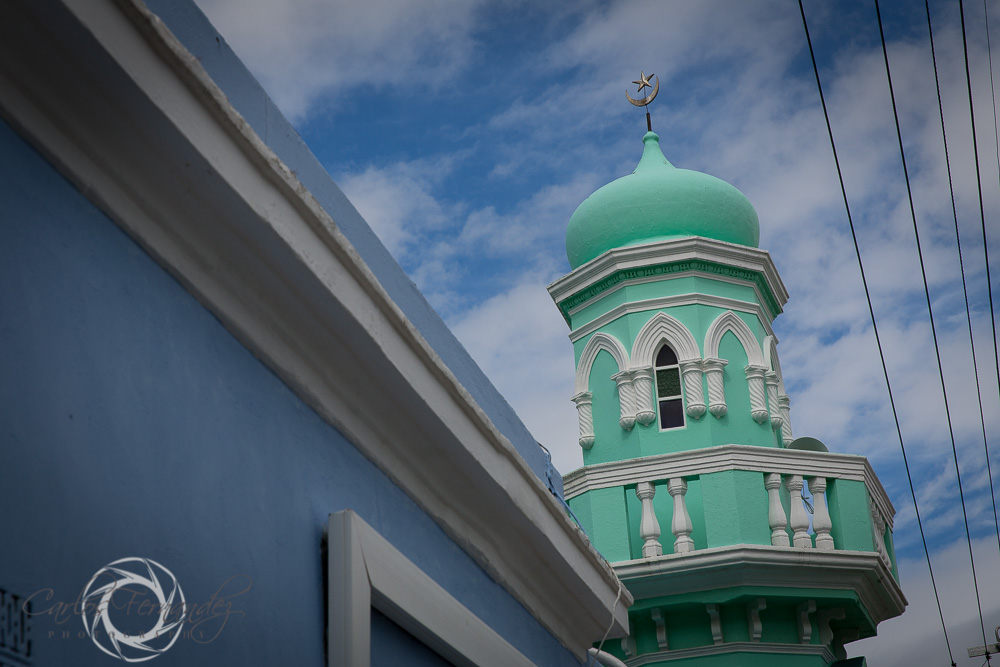
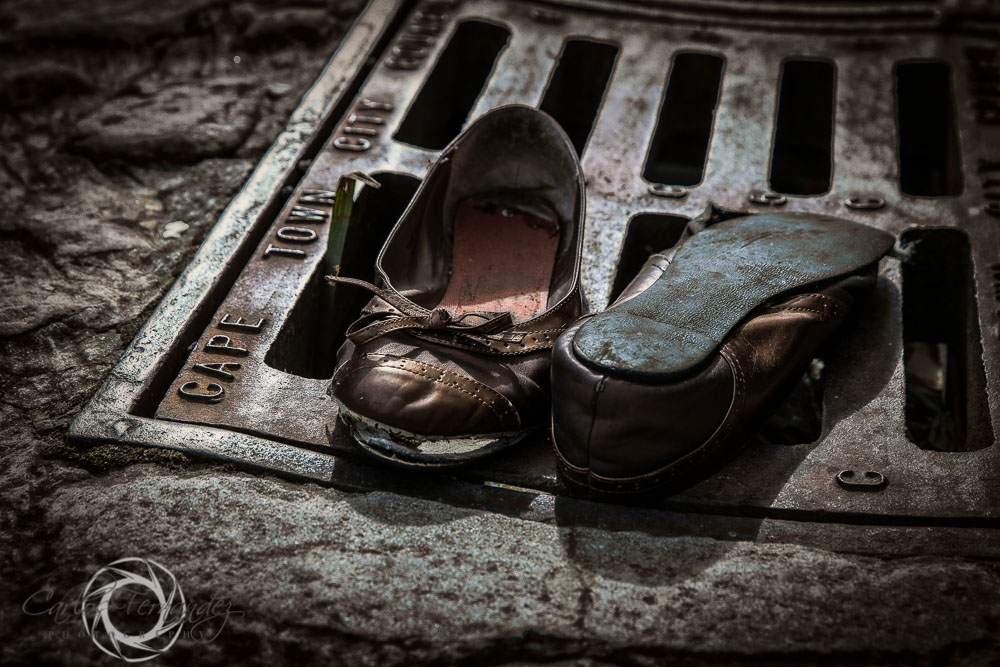

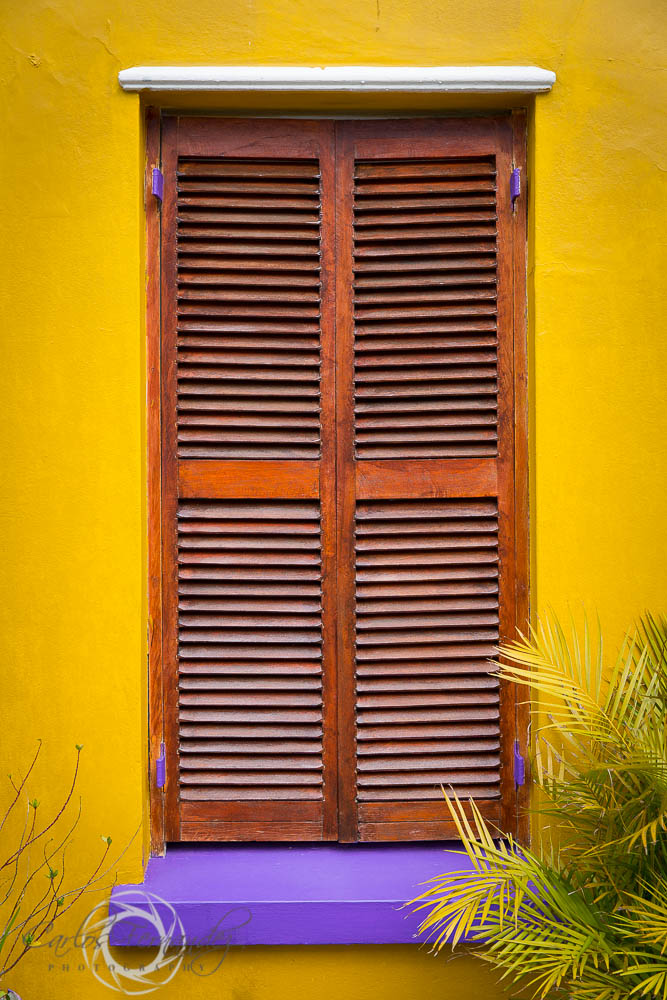
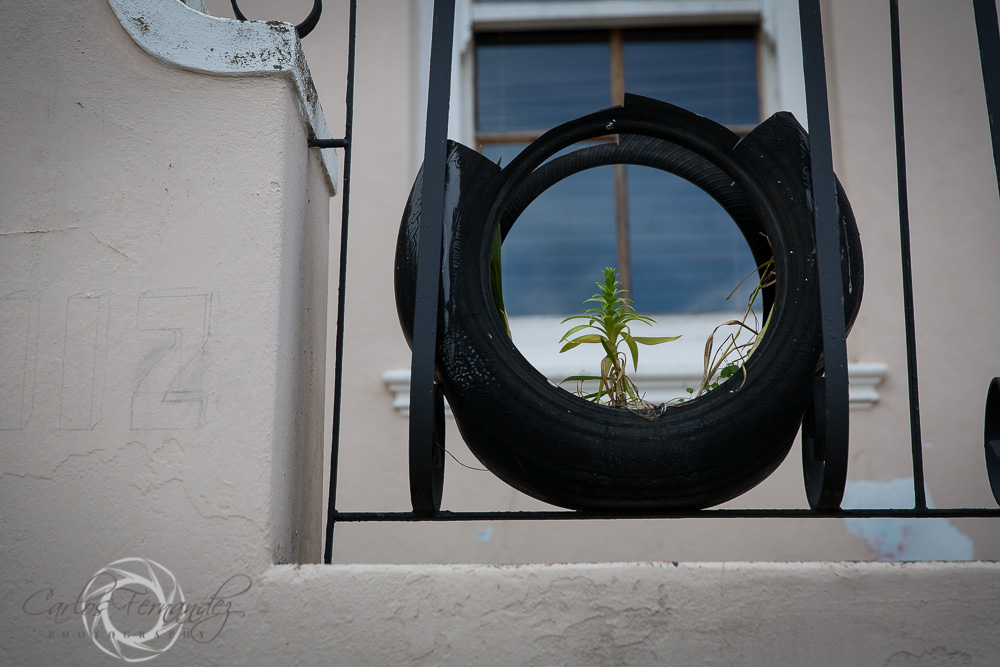
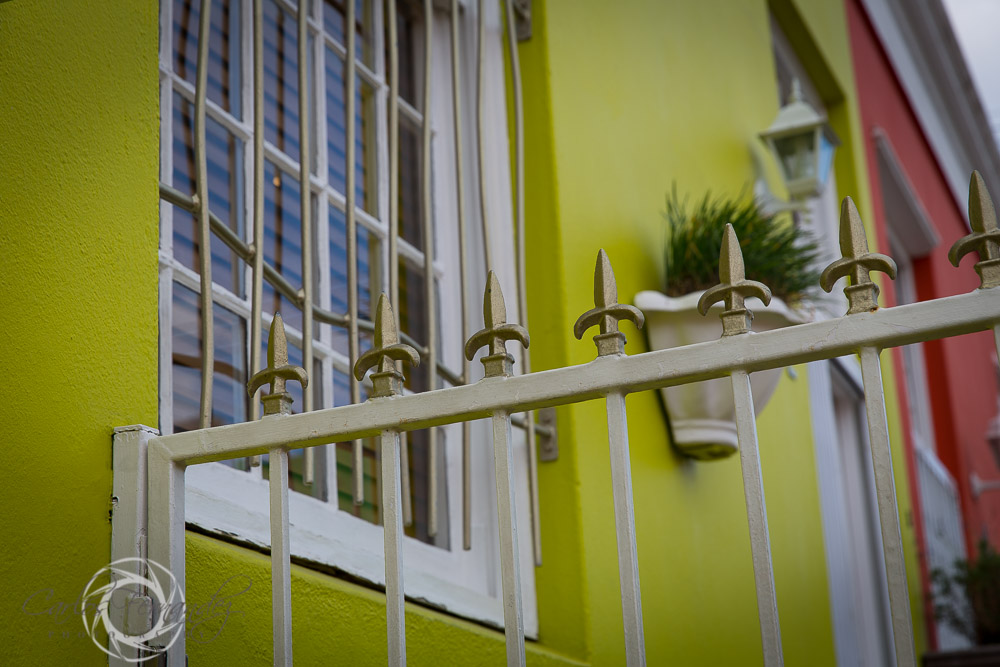
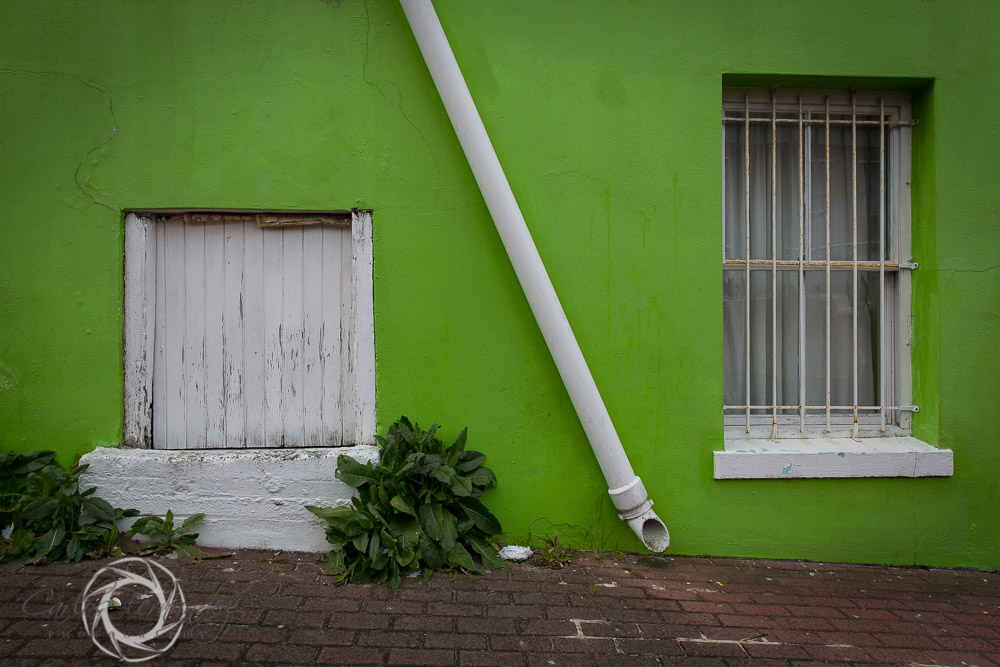
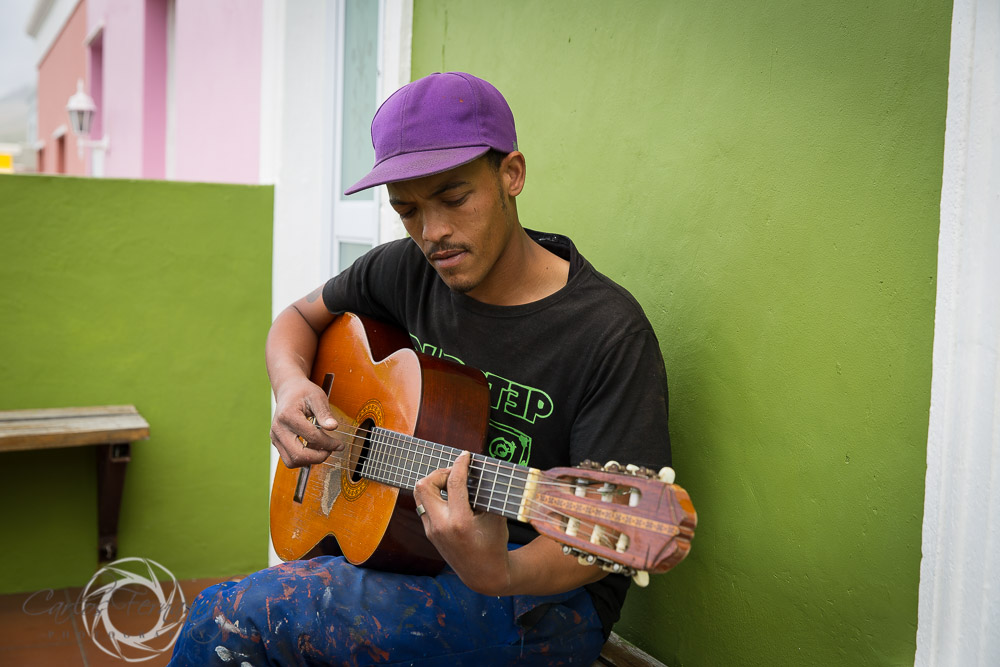
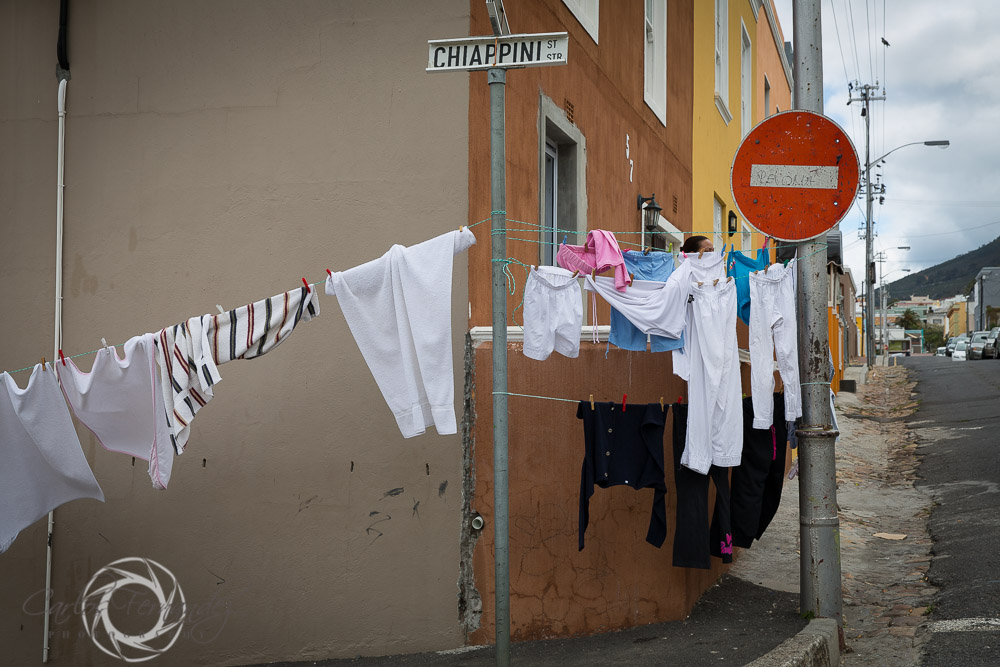
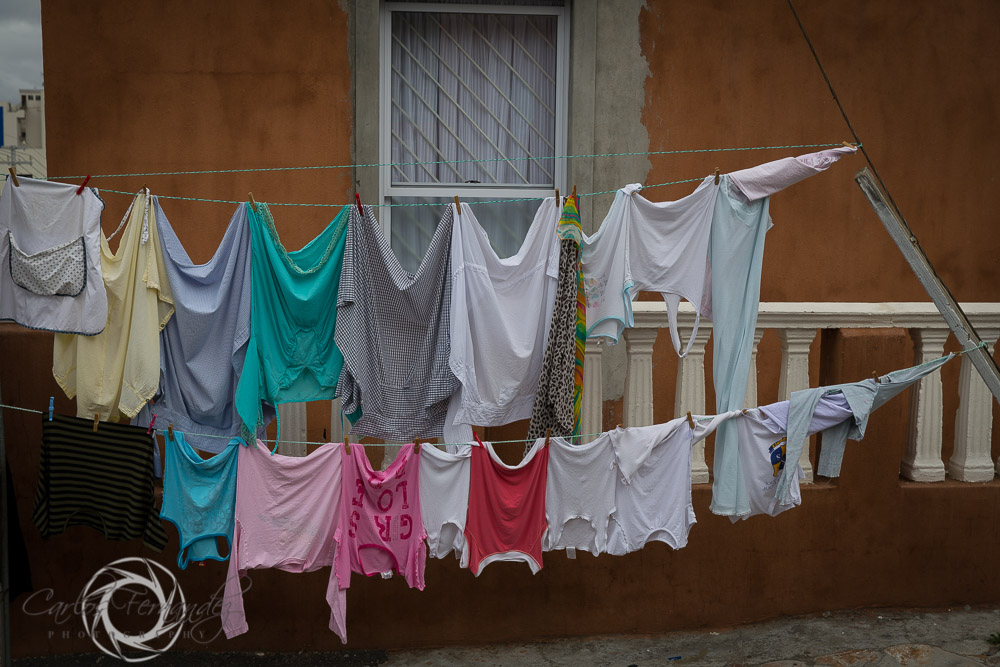
Cape Town Sunsets Never Dull 100/365
The day I got back to Cape Town after being in the United States one of the spectacular things I missed was the sunset. Always amazing and always different. I've decided to continue my 365 project posts on my blog rather than just on social media. I never stopped shooting everyday. I was just trying to decide how to post. The reason for this is selfish and it's about protecting my images, and only to have to write once. I will still post the links on social media.
Selecting a Wedding Photographer Part 1
I've seen many articles on selecting a wedding photographer. They are usually found in bridal magazines or Pinterest and are not written by photographers. That is unless the photographer is looking for work. To be clear and for full disclosure, I am not actively seeking clients. I am in Cape Town until June of 2015 and at this point I am concentrating on personal projects. I may take on weddings again in the future, however, I plan on being very selective on the clients I work with. I will never be a wedding photo factory. I could never do that. I am the type of photographer that desires to establish a relationship with people I photograph. You can't do that shooting a ton of weddings a year. To that end, my number one piece of advice would be my number one piece of advice to be to pay attention to how many weddings a photographer shots per year. I would not select a photographer the shoots fifty weddings a year. It is almost impossible to give personal and unique photography services to each client. High volume photographers are generally, what I call the photo factory and will have a cookie cutter approach to the weddings they shoot. You will pay less for the photo factory, but remember, this may be your once in a lifetime wedding. A good clue that you may have found a great photographer is one that either answers a phone or returns a phone message rather than doing everything by email. The one that wants to speak with you and wants to find out what YOU want is at least starting out in a good direction. So in a nutshell. Step one would be to make a list of ten of your favorite local photographers that shoot twenty or less weddings a year, have a phone contact and return your call in a couple of days with plans to talk about your wedding photography desires.
Flying at Sunset in Cape Town
I came home from photographing in Cape Town today to find the parking lot by my beach full of cars with Windsurfing gear on top. The Windsurfers were taking advantage of the roaring Southeaster and the break that is so famous right in front of my apartment in Melkbosstrand. My strength has always been action sports photography and it was the perfect day and time of day to make some images. I used my Canon 5D Mark III with a 70-200mmIS L lens with a 2X converter. I made the image at 1600 ISO at f5.6 and 1/2000th of a second to be able to capture him in flight. I've seen these guys pull off this move a few times when the waves were this high. Many of the guys that come to my beach are pro's and Olympic hopefuls from all over the world. This guy was from France. Image 18/365.
Broken Sand Pail
I was running on the beach in Cape Town last evening on Melkbos Beach when I passed this broken sand pail just left there by someone. The beach in front of my place is usually pristine. Not a paper, can, or any trash to be seen for miles. The ones who use it regularly are excellent stewards of the beach. The runners, walkers, dog owners, and surfers really appreciate this wonderful place. I had to make this image to show what happens when the infrequent beach goers happen to visit in droves during the holiday season. What I noticed when I was ready to make the image with my iPhone was that it may be more dramatic showing a ground level view, or what the smallest living creature may see of this left at their doorstep. I tried several angles using the sun in the back. It was difficult because I could not see the screen so low so I had to approximate my framing. This image is uncropped but I added some filters to make it more dramatic and enhance the colors. Quite beautiful for trash. I love contradictions in photography.
What is out there?
Make images in your own backyard!
I made this image the other day on a beach run in Melkbosstrand. I saw the the little girl just standing there with her cute hat on and thinking that she must be wondering what is out there. I asked the parents if it was ok to make her image, and made several images with my iPhone. Yes my iPhone. "The best camera is the one you have with you." In this case it was the iPhone. I edited the image in a program called Snapseed that is free and owned by Google. I've had it since it came out and I actually paid for it. Oh well, it was worth it. It's what I use to edit most of my iPhone images. It allows for a lot of creative control and not just some standard filters. The point of the post though is not the image, the editing program or the camera. The point is that you can usually find the best images or ideas in your own backyard, so to speak. Not literally your own backyard, though it may be in my case, but somewhere that you have unencumbered access, is close, and one that you are very familiar with. We all have these locations. I'm looking out my window right now and I see a Kite-Surfer preparing his kite for a ride. I am sure that if I go out there I will be able to find something to shoot. You get the point. Find the spot you know like the back of your hand and concentrate on that. Push yourself to make good images. See you later. It's a beautiful orange kite!
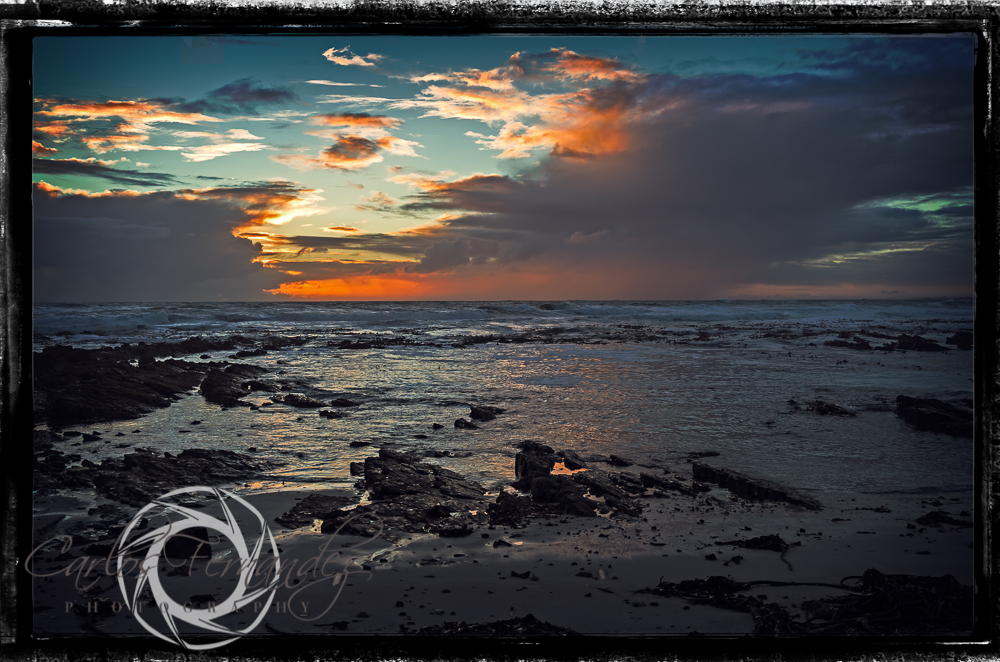
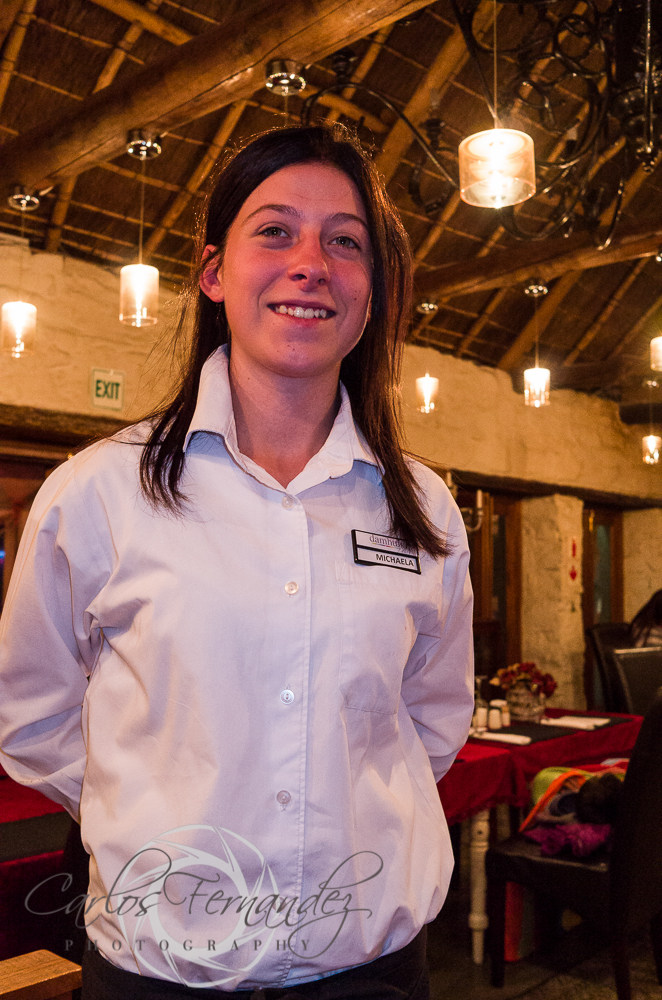
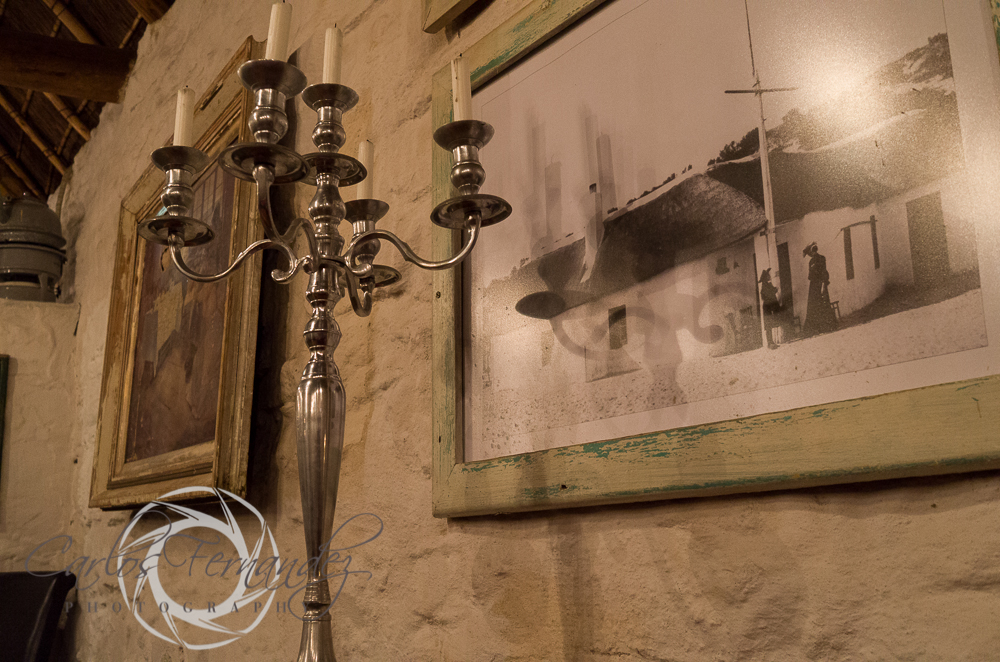
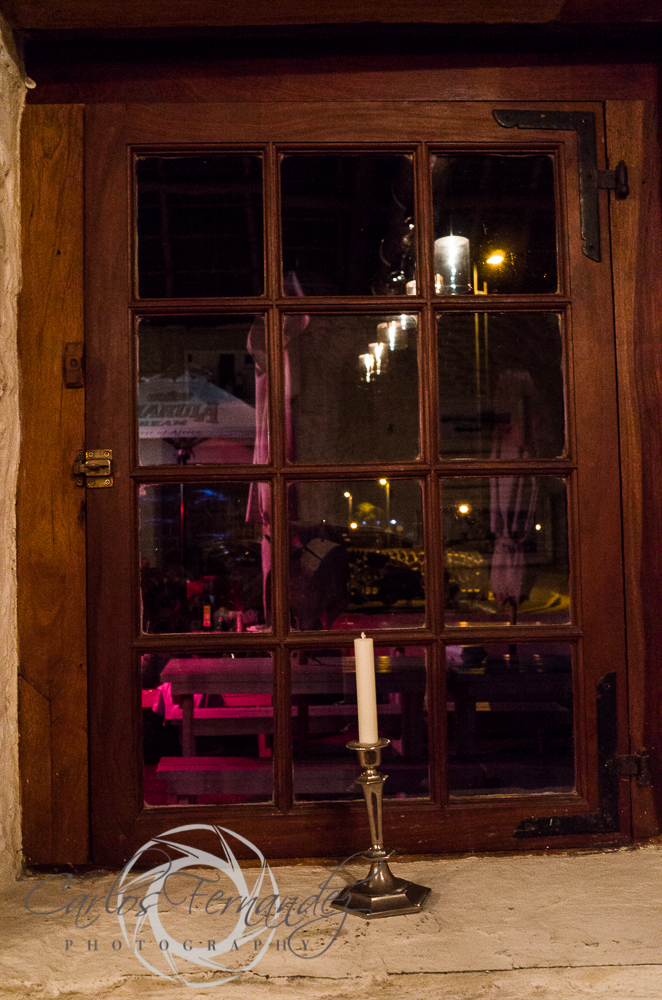
My Last Night at the Bontkop
My first three weeks in Cape Town were spent at the Bontkop Guest House in Melkbosstrand, Cape Town, Western Cape, South Africa. The Guest House is impressively decorated and has a stunning view of the ocean and Table Mountain from almost all of the rooms. Ronel and Nico are the owners and make every effort to provide a home away from home for the traveler. Ronel provides a great breakfast every morning consisting of fresh fruit, coffee, yogurt, and granola to start. Then Ronel prepares a hot breakfast for everyone. Melkbosstrand is a beach and surfing town about 35 km North of Cape Town. It is easy to fall in love with this little community. I liked it so much that my mission was to find a place in town for the next two years. My original plans included areas closer to Cape Town, but after experiencing the laid back attitude and quiet solace of Melkbos it was a no-brainer to stay here. Staying at the Bontkop provided the convenience of being able to walk to the business section of town a couple of blocks away to either hang out and watch the surfers, or take in dinner at a number of great restaurants. My favorite was Dam Huis. "House at the Dam" was the first building in Melkbos and as it turns out one of the waitstaff lived at the house prior to it becoming a restaurant. Michaela essentially grew up in the house until 2003. A lot has changed since she lived there, but good memories still linger. The food is great and the service even better. Try the Fisherman's Casserole! The first image is a view of the shore and ocean just outside the Bontkop at dusk on a very stormy and cold day and night. I'll always remember the Bontkop and how Ronel and Nico looked after the new Capetonian from the states.
Kimmy Bennett from "Into the Basement."
Photo Shoot for "Into the Basement"
I had the opportunity to create images for an upcoming comic book series based on the graphic novel "Into the Basement" featuring the character Kimmy Bennett. The premise was to create an image of a living model that best portrays the character in the series. While I made the images, the imagination behind creating the living character is completely attributed to the model. After the session the portfolio was sent to the author of the novel, Norman Applegate, and he said the images are exactly how he envisioned Kimmy Bennett would appear. So I consider that a success. The original images were shot against white seamless paper. I added the background and border in post production.
Photographer's Rights
You may beat the Rap, but you may not beat the ride. Just ask Carlos Miller, a Miami photographer who hosts: www.photographyisnotacrime.com
Here is an image of a MetroRail station in Miami. Had I not used an iPhone and some authority had been around, I'm sure I would have been harassed.
1. You can make a photograph of anything and anyone on any public property, except where a specific law prohibits it.
e.g. streets, sidewalks, town squares, parks, government buildings open to the public, and public libraries.
2. You may shoot on private property if it is open to the public, but you are obligated to stop if the owner requests it.
e.g. malls, retail stores, restaurants, banks, and office building lobbies.
3. Private property owners can prevent photography ON their property, but not photography OF their property from a public location.
4. Anyone can be photographed without consent when they are in a public place unless there is a reasonable expectation of privacy.
e.g. private homes, restrooms, dressing rooms, medical facilities, and phone booths.
5. Despite common misconceptions, the following subjects are almost always permissible:
* accidents, fire scenes, criminal activities
* children, celebrities, law enforcement officers
* bridges, infrastructure, transportation facilities
* residential, commercial, and industrial buildings
6. Security is rarely an acceptable reason for restricting photography. Photographing from a public place cannot infringe on trade secrets, nor is it terrorist activity.
7. Private parties cannot detain you against your will unless a serious crime was committed in their presence. Those that do so may be subject to criminal and civil charges.
8. It is a crime for someone to threaten injury, detention, confiscation, or arrest because you are making photographs.
9. You are not obligated to provide your identity or reason for photographing unless questioned by a law enforcement officer and state law requires it.
10. Private parties have no right to confiscate your equipment without a court order. Even law enforcement officers must obtain one unless making an arrest. No one can force you to delete photos you have made.
These are general guidelines regarding the right to make photos and should not be interpreted as legal advice. If you need legal help, please contact a lawyer.
----OTHER RESOURCES----
http://en.wikipedia.org/wiki/Public_place#Restrictions_on_state_action_in_public_spaces_in_the_United_Stateshttp://en.wikipedia.org/wiki/Photography_and_the_law
http://www.flickr.com/groups/nomorefreephotos/discuss/72157604655395007/
http://www.krages.com/bpkphoto.htm
http://www.usatoday.com/tech/columnist/andrewkantor/2006-08-11-photography-rights_x.htm
Is it Street Photography?
Last evening I attended a meeting of the Miami Street Photography Group. There were quite a few people and the discussion was interesting and disturbing at the same time. There was an expectation in the group that street photography must be pure as shot with no manipulation, cropping, or the appearance of Street Portraits. While I appreciate the group and is possibly the best photo group in Miami, I fundamentally disagree with the premise. We are in an era where we are the photographer, and the lab all in one. I know based in my photographic education that great street photographers such as Walker Evans, Margaret Bourke White, and Robert Frank cropped and manipulated images albeit in a darkroom to refine the vision they had for the final product when the actually made the image. Technically, based on the discussion last night the aforementioned masters would mistakenly not be classified as Street Photographers because of the environmental portraiture below. I walk down the street or visit public places, and I make images. That is the only reason I need to call myself a Street Photographed.
DJ Bonnie Beats
First Annual Miami Music Month Kickoff Event Images
https://twitter.com/BONNIEBEATS I was asked by New Times Miami to photograph the First Annual Miami Music Month Kickoff Event. The event was held at a space in Downtown Miami called Grand Central Lofts on N. Miami Ave. The evening started out pretty slow. I was asked me to be there at 9:30 pm. The place was empty until about 11:00 pm when the band Radioboxer got things moving. Radioboxer is a bilingual, indie-alternative rockpowerpop band from Miami, Florida. Started in 2008, their music is highly varied, mixing styles from punk and electronica with Latin rhythms and folk, with a hint of 60's and 70's music, altogether in their own genre. They are known for their dynamic shows, which include high-energy theatrics to accompany their unique style.Radioboxer has been voted the Reader's Choice "Best Band" in Miami in the newspaper The Miami New Times. The band was really good with an excellent stage presence and a fascinating show. I recommend them and plan on checking them out again. The event was great and a lot of fun to work, and the New Times Staff as always was a pleasure to work with. The image I selected to use for this post was an Environmental Portrait of DJ Bonnie Beats. I enjoy capturing the image of an individual performing something that may define them. I found Bonnie Beats to have an incredibly interesting look and asked her to pose for a few portraits. I hope you enjoy it. Bonnie Beats can be contacted on Soundcloud, Twitter, , and Facebook, or email, bonniebeats@behindcolorbars.com Additionally, everyone I met was great and loved being photographed. Thank you all for the experience. Enjoy the images! Hi resolution images are available for purchase HERE.
How a Concept Becomes an Image.
[caption id="attachment_1375" align="alignleft" width="940"]
What do Peter Frampton and the Miami Marlins have in common?
The answer to the title would not be readily known to many who have not lived in Miami for quite a time. Before the Miami Marlins, then the Florida Marlins became a major league baseball franchise, their closest sibling would have been the Minor Leaugue Miami Marlins that were a farm team under the Baltimore Orioles. This would have been in the 1970's and prior. During the height of his career Peter Frampton came out with Frampton Comes Alive, one of the best selling albums of all time. During the Frampton Comes Alive Tour in 1977, Peter Frampton played in Miami with Gary Wright, famous for Dreamweaver. The concert was held at the old Miami Baseball Stadium which also hosted the Miami Marlins as a minor league team. The stadium has long since been abandoned and the images below are of the inside of the stadium today. Enjoy!
Miami Stadium (also known as Bobby Maduro Miami Stadium) was a basebal stadium in Miami, Florida. It was primarily used for baseball, and was the home field of the Miami Marlins minor league baseball team, as well as other minor league teams. It opened in 1949 and held 13,500 people. It was also used as the Spring Training home of the Brooklyn and Los Angeles Dodgers from 1950-1958 (for most of their "A" games). The Dodgers played their first game as the Los Angeles Dodgers at the ballpark when they opened their 1958 spring training schedule against the Phillies on March 8, 1958 in front of 5,966 fans.[1] It was used during the spring by the Baltimore Orioles from 1959-1990. At the time of its construction, Miami Stadium was remarkably modern and well-appointed, although in time it would be surpassed by later designs.On June 6, 1958, Orioles president James Keelty Jr. reached agreement with Miami Marlins president George B. Storer to move the Orioles spring training home from Scottsdale, Arizona to Miami Stadium for the 1959 spring training season.[2] On May 25, 1990, the Orioles announced that the team would move their spring training home games from Miami Stadium to Bradenton and Sarasota in 1991. The Orioles had trained at Twin Lakes Park in Sarasota prior to spring games in 1989 and 1990.[3]The stadium was located on the block bounded by Northwest 23rd Street (south - first base), Northwest 10th Avenue (west - third base), and Northwest 8th Avenue (east - right field), with an open area behind left field extending about a block north.A distinguishing feature of the ballpark was a high arched cantilever-type roof over the grandstand, in contrast to the typical styles of either flat and slightly sloping, or peaked like a house. This design enabled the ballpark to have a roof that covered most of the spectator area without any posts blocking the spectators' view. Al Lopez Field in Tampa, Florida employed a somewhat similar design with a less dramatic curve and less coverage.When the Florida Marlins were established in 1993, the new club opted for Joe Robbie Stadium, the home of the Miami Dolphins football team, a much larger facility than Miami Stadium.The City of Miami had proposed razing the stadium and selling the property for warehouses. But a sale price of $1.6 million plus demolition cost of $725,000, scared away would-be developers.
My perspectives on Wedding Photography
[caption id="attachment_1250" align="alignleft" width="300" caption="Wedding Photography,Wedding Images,Wedding Photos"]
I made some wedding images for the daughter of a very good friend last weekend. I love weddings. Better said, I love experiencing the human interaction at weddings from the standpoint of an active participant. The photographer is probably the only person that sees everyone more often, more than once. At their best, and at their worst sometimes. The challenge when shooting for a friend is managing the stress in making sure that the images are perfect and to ensure that you get both families as equally as possible. It's too easy to be drawn to one side if you are friends with many of the same people. In this case I have known the Bride's Mother and Father for many years. I will say though that whatever event I shoot I am always a bit stressed. Why? Because I care. I often tell people that I should stop shooting events the day I stop getting stressed because it means I've stopped caring. Some advice: I would never suggest that a friend photograph another friends wedding unless they have a lot of professional experience photographing weddings. Many friendships have been lost this way.
The Beauty of Existing Light Photography
I've been doing a lot of existing light photography lately after purchasing a very fast 50mm f1.2 lens. It brings me back to the days when I bought my first camera and I could not afford a flash. Had to be creative with light! Check out a photo/video documentary: The Other Afghanistan. Amazing photography and story. http://thestory.org/archive/the_story_041012.mp3/view




















